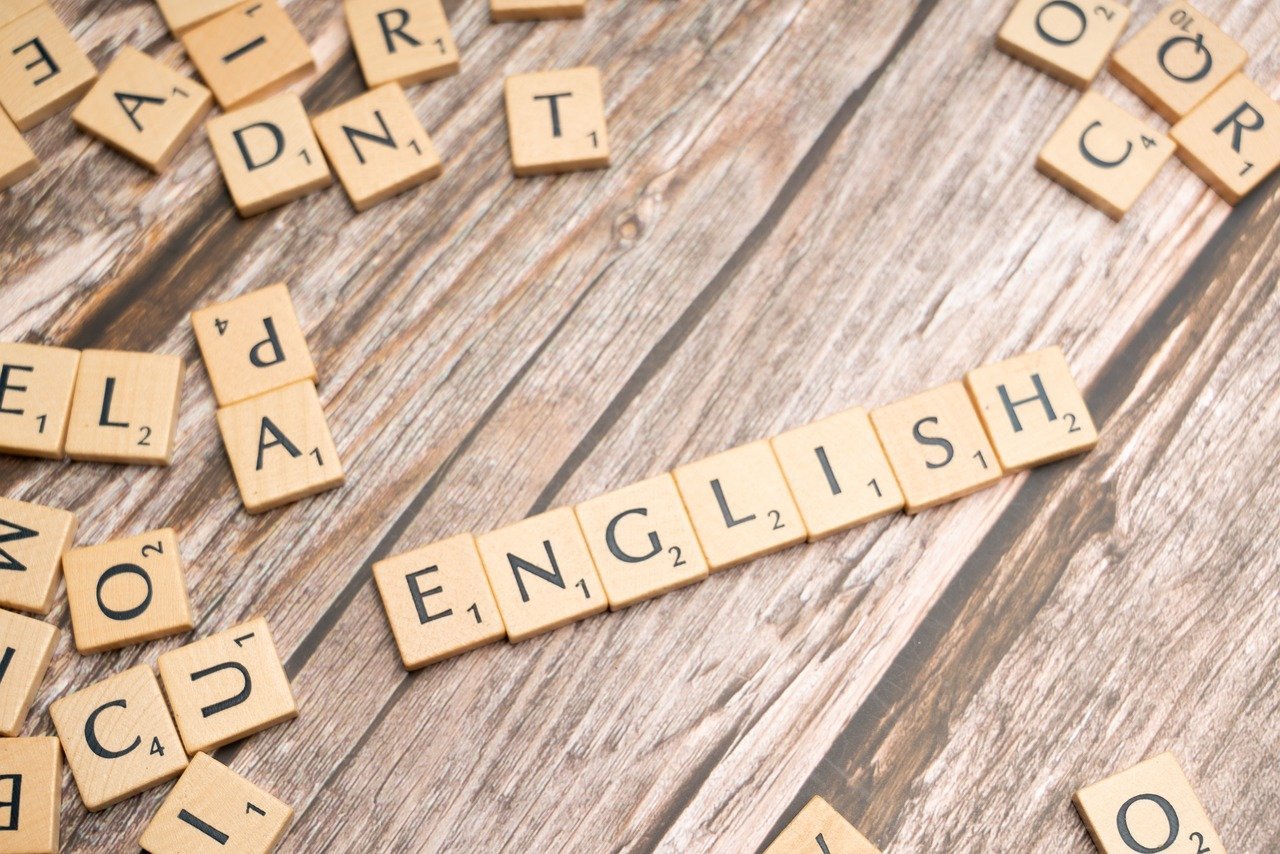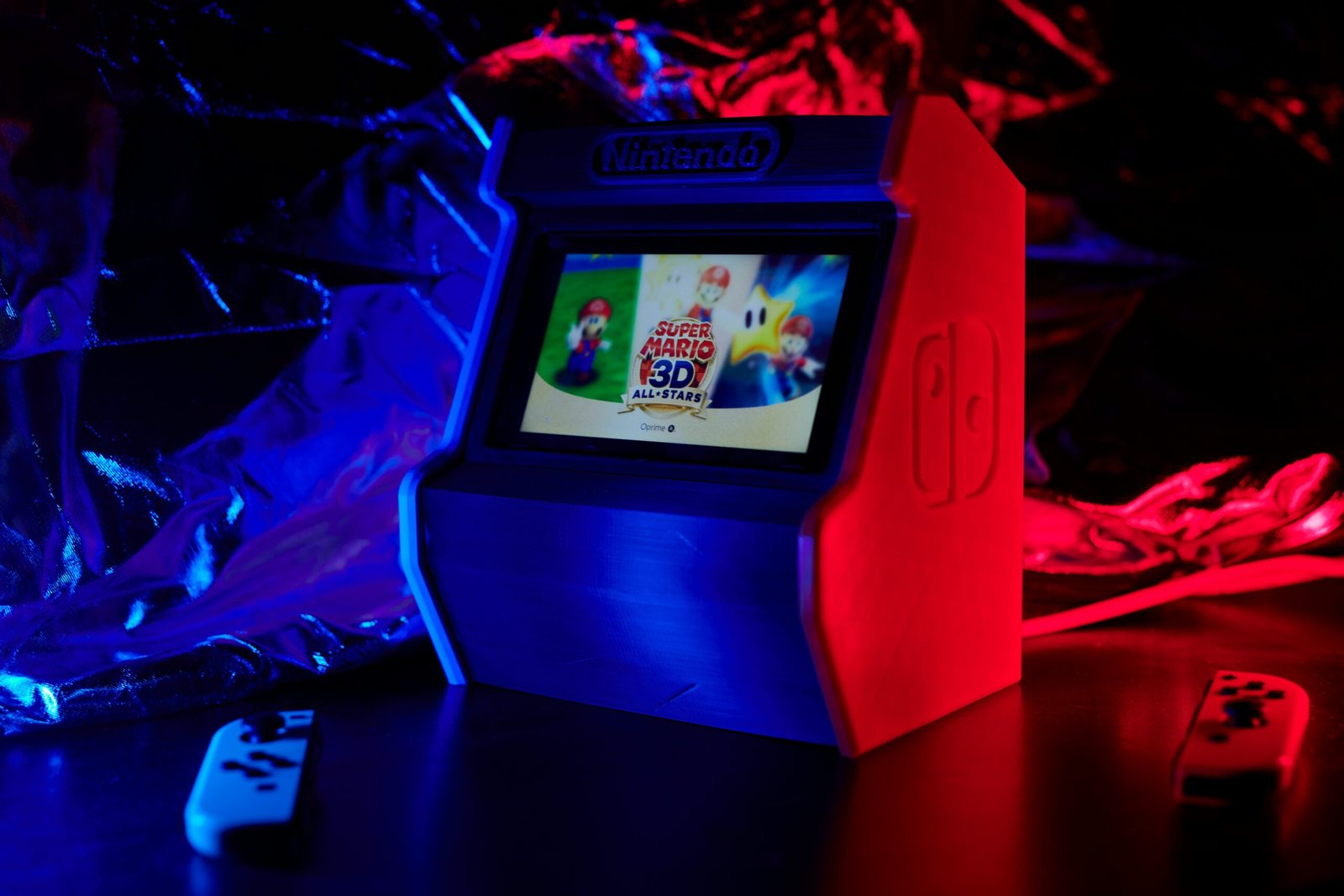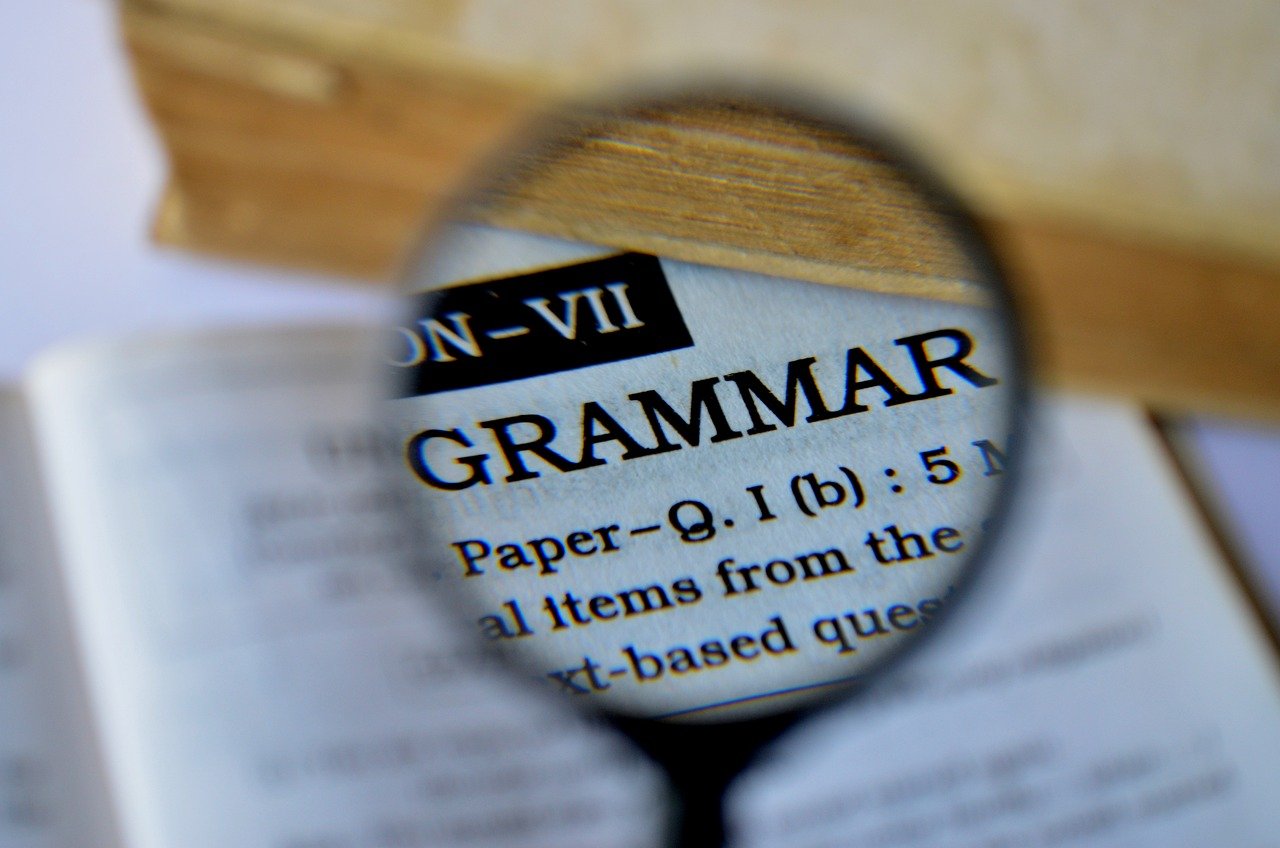Understanding Your Audience In the realm of professional communication, grasping the nuances of your audience is essential before composing an …

One of the most common punctuation mistakes in writing is the comma splice. A comma splice occurs when two independent clauses are incorrectly joined together by a comma without a coordinating conjunction or semicolon. This mistake can lead to unclear or awkward sentence structures, confusing the reader.In this article, we’ll dive into comma splice examples, explain why they occur, and show you how to fix them to improve the clarity of your writing.
A comma splice happens when two independent clauses (complete thoughts that could stand alone as separate sentences) are joined by a comma, but there is no coordinating conjunction like "and," "but," or "or," or no punctuation like a semicolon to properly separate the clauses.
Comma splices create confusion and disrupt the flow of a sentence. When two independent clauses are improperly connected by a comma, it can make the sentence harder to read and understand. While the error may seem minor, it breaks the rules of sentence structure, making the writing feel unpolished.
Here are some common examples of comma splices to help illustrate the mistake:
Example 1:
Example 2:
Example 3:
There are several ways to correct a comma splice and turn it into a grammatically correct sentence. Below are the most common methods:
The simplest and most straightforward fix is to separate the two independent clauses with a period, making them two complete sentences.
By turning the comma into a period, we ensure that each clause stands on its own as a complete sentence.
Another way to correct a comma splice is by replacing the comma with a semicolon. A semicolon joins two related independent clauses without the need for a coordinating conjunction.
A semicolon is appropriate when the two independent clauses are closely related in meaning, as in this case.
You can also fix a comma splice by adding a coordinating conjunction like "and," "but," "or," "yet," or "so" after the comma. This connects the two clauses in a grammatically correct way.
By adding a coordinating conjunction, you show the relationship between the two clauses and properly connect them.
If the second clause provides additional, non-essential information, you can convert one of the independent clauses into a dependent clause by adding a subordinating conjunction (e.g., "because," "although," "if," "when," etc.).
By changing one clause into a dependent clause, you eliminate the comma splice while maintaining the meaning of the sentence.
Mastering the correction of comma splices is crucial for writers who want to communicate clearly and professionally. Comma splices can cause confusion and disrupt the flow of writing, making your sentences harder to follow. By recognizing and fixing this error, you ensure that your writing is more polished and grammatically correct.
To help you get better at spotting and fixing comma splices, try these practice exercises:
Comma Splice Example:
Comma Splice Example:
By practicing these exercises, you'll get better at recognizing and fixing comma splices in your own writing.
Comma splices are a common punctuation mistake that can make your writing appear sloppy and hard to read. Understanding the causes of comma splices and how to correct them will improve the clarity and professionalism of your writing. Whether you choose to use a period, a semicolon, or a coordinating conjunction, fixing comma splices will make your sentences more coherent and grammatically correct.
By familiarizing yourself with comma splice examples and their corrections, you’ll be on your way to mastering punctuation and enhancing your writing skills.

Understanding Your Audience In the realm of professional communication, grasping the nuances of your audience is essential before composing an …

Understanding the Importance of Communication at Work Effective communication is pivotal in any professional setting, as it serves as the …

Understanding Comma Usage Commas serve a crucial function in written language, significantly influencing the clarity and readability of sentences. …

Introduction to Comma Generators Comma generators are online tools designed to assist writers in the accurate placement of commas within their …

Introduction to Grammar Checking Grammar checking plays a pivotal role in the realm of writing, serving as a crucial mechanism to enhance the …

Introduction to Online Grammar Games In the age of digital learning, online grammar games have emerged as an innovative tool to enhance language …

Understanding the Basics of Commas in Dates The use of commas in dates is a fundamental aspect of proper punctuation that significantly enhances …

The Role of Commas in Sentences Commas are essential punctuation marks that play a critical role in establishing clarity and coherence within …
This website uses cookies to ensure you get the best experience on our website.
